On a sunny August morning in 2022, the skies over Bealeton, Virginia, were alive with the hum of vintage aircraft. It was a day like many others at the Flying Circus Aerodrome, a privately operated field known for airshows and scenic rides in classic biplanes. But in just a few seconds, a routine day turned into a dramatic mid-runway collision—an accident that, thankfully, left only minor injuries but offered major lessons in situational awareness, communication, and procedure.
The Scene: Vintage Wings Over Virginia
Two classic Boeing Stearman biplanes, both part of the Flying Circus’s operation, were involved in this incident. One was preparing to land. The other was lining up for takeoff. Both aircraft were from the 1940s, with tailwheel configurations and open cockpits—a nostalgic throwback to aviation’s golden age. But even in a vintage setting, the rules of safety still apply.
It was around 9:07 a.m. when the accident happened. Visibility was great—ten miles, light wind, clear skies. In other words, a perfect day to fly. But even perfect conditions can’t compensate for a breakdown in communication.
The Players: Two Experienced Pilots, One Critical Oversight
Both pilots were 62-year-old commercial aviators with thousands of hours under their belts. The pilot of the landing aircraft (Aircraft A1) was also a flight instructor, boasting over 5,900 total flight hours and 3,730 in that specific make and model—a seasoned pro. The pilot of the departing aircraft (Aircraft A2) had similarly extensive experience: 5,900 total hours and 1,100 in type. Both held Class 2 medical certificates and were well-versed in the quirks of the aircraft they flew.
But despite all that experience, neither pilot was actively using their radio.
The Flying Circus Protocol: Tradition Meets Trouble
The Flying Circus Aerodrome has a unique set of local procedures, developed in part because not all participating aircraft have radios. One such procedure involves aircraft on approach making a low pass over the runway to visually signal their intent to land—an old-school method designed to increase awareness among pilots waiting to depart.
In theory, this works. In practice, it’s risky.
The landing pilot followed this procedure, making a low approach before entering the traffic pattern for Runway 20. Meanwhile, the pilot preparing for takeoff was taxiing behind another plane. After the lead aircraft departed, he moved into position on the runway—but he never saw the inbound aircraft.
Likewise, the landing pilot didn’t see the other Stearman now sitting squarely on the runway centerline. The result? A literal touchdown on top of the other plane.
The Impact: A Sudden, Shocking Collision
As the landing aircraft flared for touchdown, it struck the departing plane just as it was about to lift off. Both aircraft were substantially damaged. The landing pilot and his single passenger were fortunate—only the pilot suffered minor injuries. The same was true for the departing aircraft’s occupants. No fire, no post-crash complications—just two crumpled aircraft and a lot of questions.
Human Factors: Confidence, Routine, and Complacency
One of the most striking aspects of this accident is the background of the pilots. These weren’t novices. These were highly experienced, capable aviators, each with nearly 6,000 hours of flight time. So how did they collide?
Experience can sometimes breed complacency. When procedures rely too much on routine and not enough on clear communication, even skilled professionals can make critical misjudgments. The pilots trusted the visual signaling system. They trusted that the other would see them. But trust without verification is a dangerous game—especially in aviation.
Aftermath: Ground Lessons from an Airborne Mistake
While both planes had working radios, neither pilot used them. That decision became a central focus of the NTSB’s analysis. The lack of radio communication turned a manageable situation into a dangerous one, relying entirely on visual separation—which failed.
In its final report, the NTSB cited the primary cause as the departing pilot’s failure to see and avoid the landing aircraft. But it also pointed to the airport’s outdated procedures and lack of encouragement for radio use as contributing factors.
Following the crash, the Flying Circus updated its policies. Now, all aircraft equipped with radios are strongly encouraged to use them while in the pattern. The holding area for departing aircraft was also relocated to provide better visibility of the approach path.

Lessons from the Flying Circus
This incident is a powerful reminder that no matter how many hours you have logged, or how familiar you are with the aircraft or airport, safety demands constant vigilance. Some key takeaways:
- Use Your Radio: If you have one, use it. Especially in shared airspace, radio calls are an essential layer of situational awareness.
- Don’t Assume You’ve Been Seen: A low approach is not a guarantee that others are watching. Always double-check before committing to the runway.
- Reevaluate Local Procedures: Tradition has its place—but not when it compromises safety. Procedures should evolve with technology and experience.
In the end, everyone walked away. But not without a sobering reminder that even on calm, sunny mornings, flying demands your full attention—on the ground and in the air.

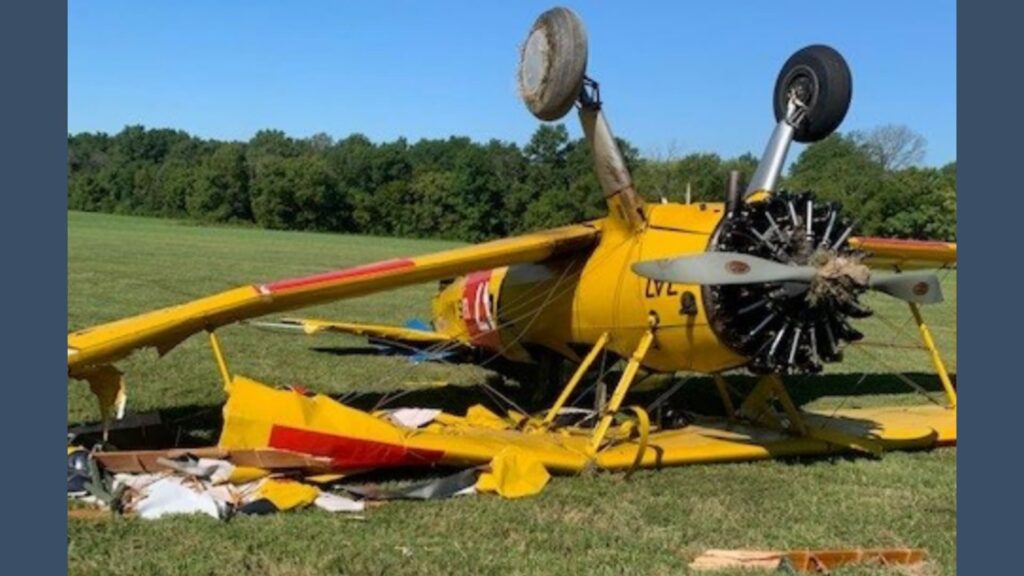



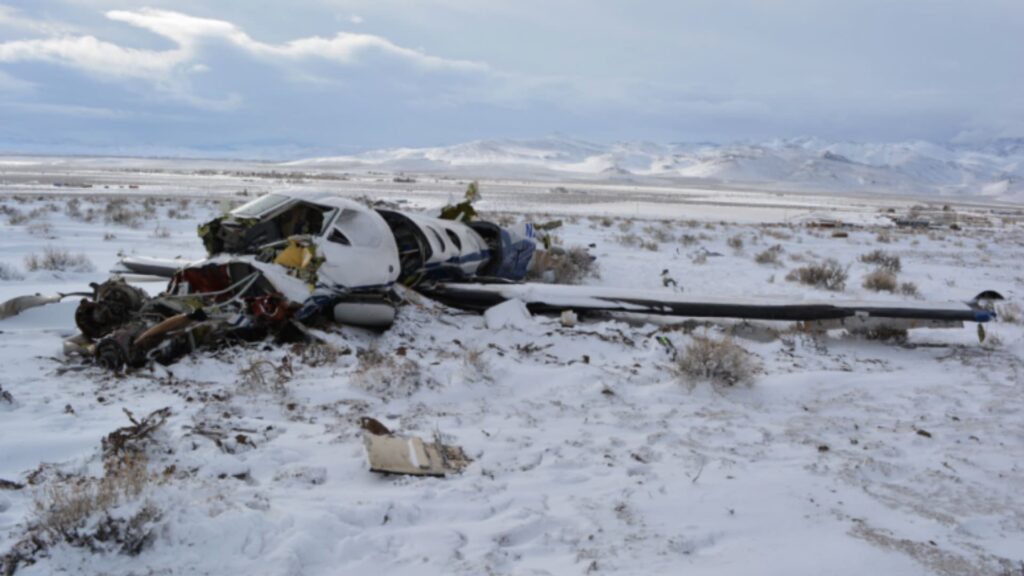

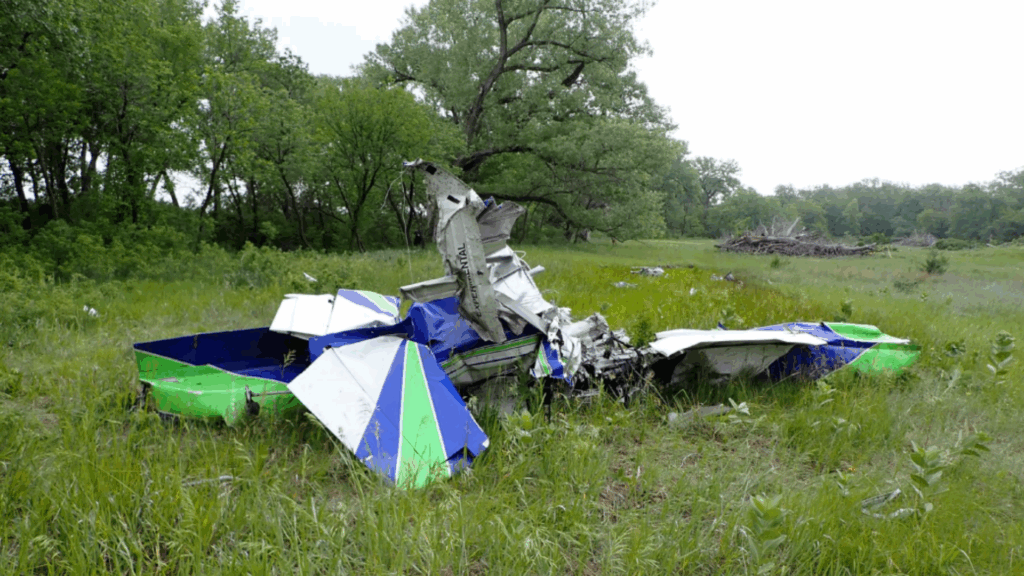
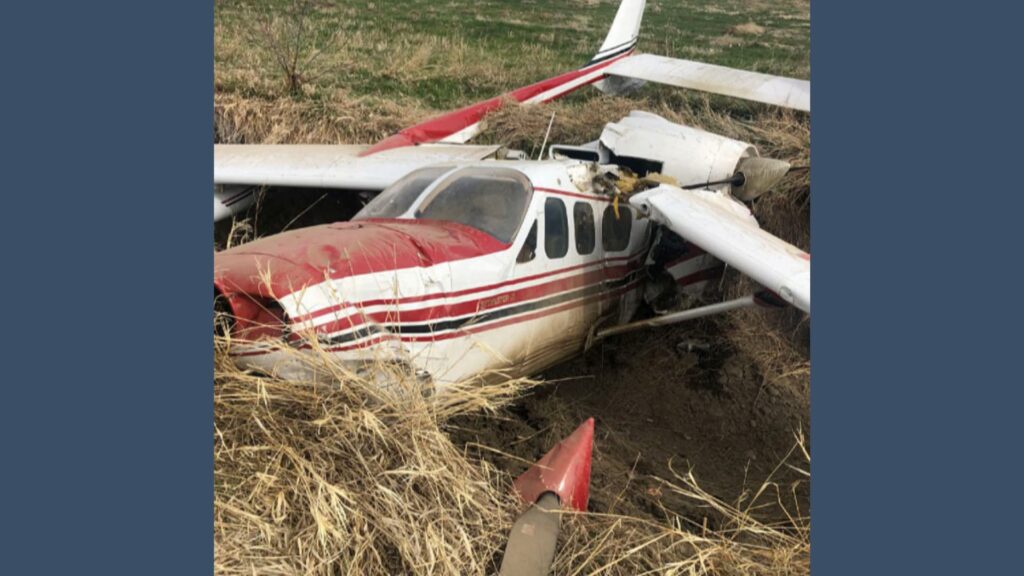
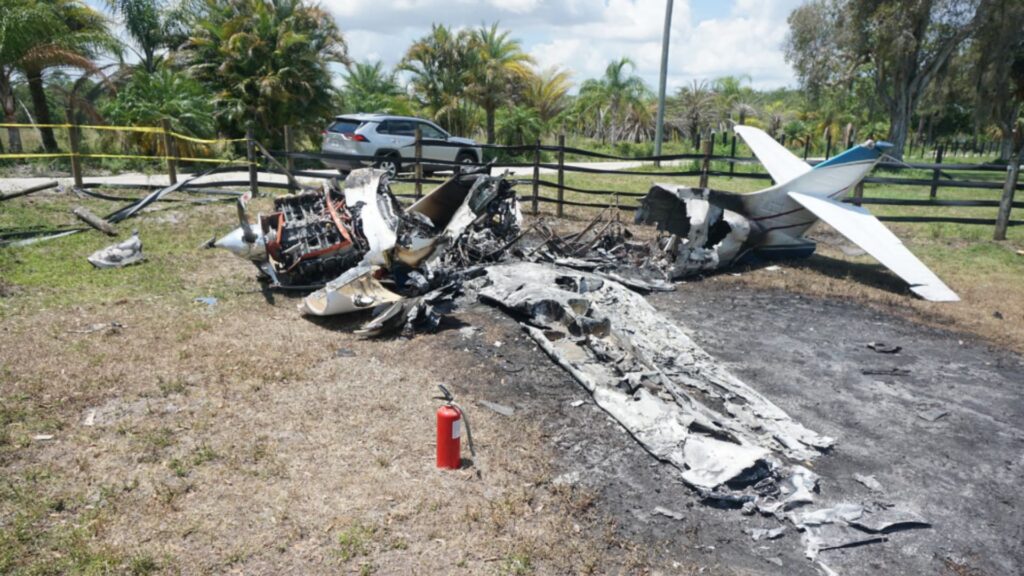
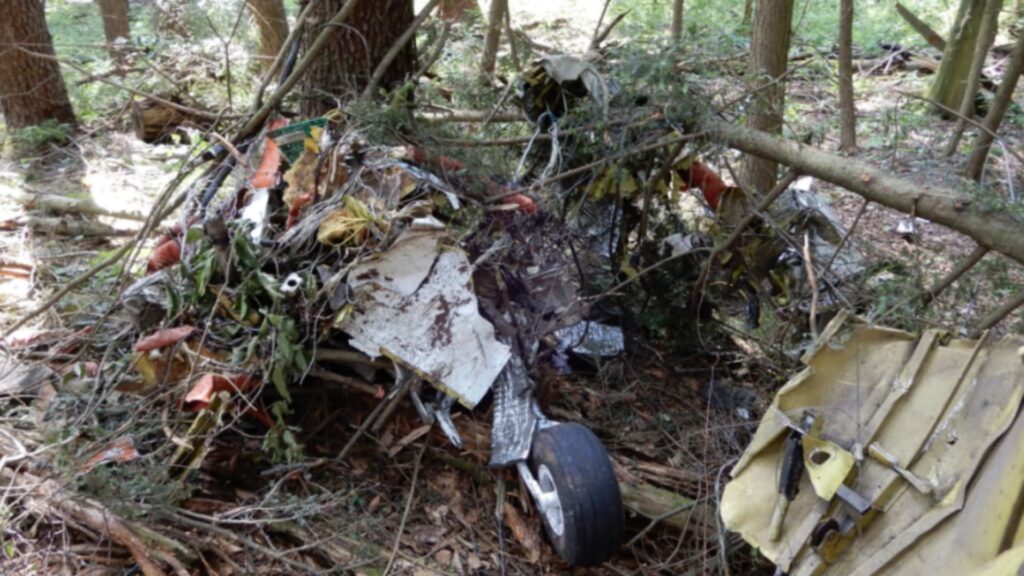
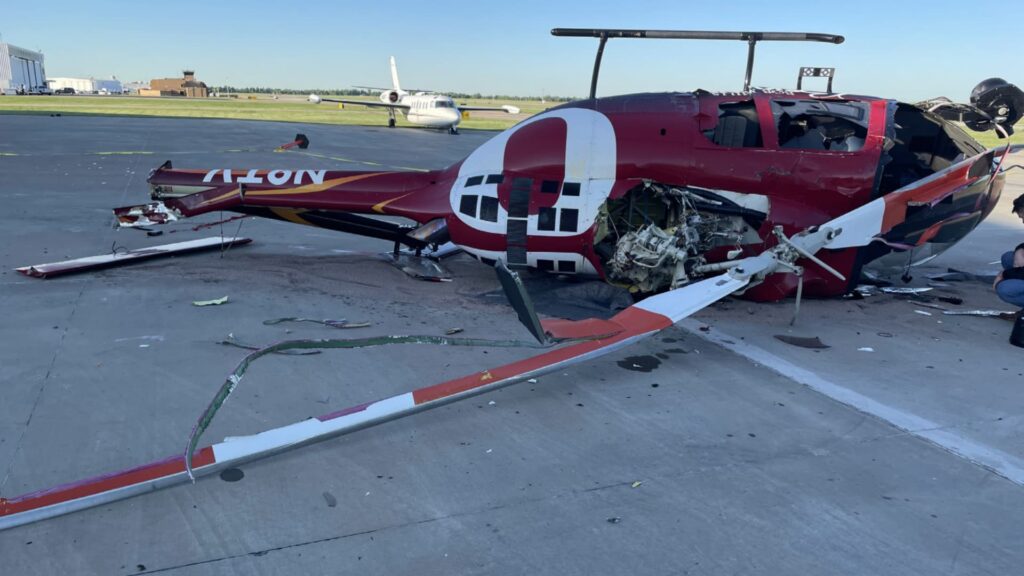
5 Comments
I was there that day, along with my Gal, who was photographing the aircraft and hot air balloon event.
There were so many irresponsible actions going on that day, especially the aircraft flying around the hot air balloons.
I, too, have witnessed pilots of the Flying Circus engage in unsafe practices. Flew with one biplane pilot who landed on the grass strip with his heels off the deck. The brakes caught, but the forgiving grass allowed the wheels to slide first. The pilot realized his mistake and got off the tops of his rudder pedals. Later, he would be the same pilot who flipped his biplane at Reagan National Airport with a reporter on board.
Another pilot from the Flying Circus with a green Aeronca Champ took me up with him (not on a Flying Circus day). We were at the Warrenton-Fauquier Airport. I was in the back seat. The pilot taxied the plane over to a hangar. He said he needed to talk to someone, that he’d be right back, and he got out, leaving the aircraft idling. I had never flown the Aeronca Champ, but I knew from when he ket me steer a little bit that the brakes were soft—they didn’t work at all.
My safety alarms went off. I became nervous. No instructor had ever left me in an idling aircraft on the ground. The pilot g
After watching the Flying Circus one weekend, I thought I’d add a tailwheel endorsement to my ticket. I asked around at the Flying Circus, and they directed me to a guy who moonlighted as a flight instructor from his unrelated full-time job.
After I spoke to him, we agreed to a date and time after the Flying Circus season for my orientation flight in his little green Aeronca Champ.
On a Sunday, I met up with him. I had never flown a tailwheel aircraft, so I wanted to see the POH. He said, “Aw, you don’t need that. I’ll tell you everything you need to know. Get in.”
This was not the kind of instruction that I was accustomed to receiving. As I got in, I looked for the pocket that might contain the POH, but it wasn’t there. He had me get in the back seat, but he flew from the front seat.
We hopped over to the Warrenton-Fauquier Airport because he needed to do something there, he said.
We landed and he taxied over to the apron of a maintenance hangar. He let me try to steer the aircraft, but it was impossible for me because his brakes were so soft as literally to be non-existent. When we got there, the pilot got and left the engine idling.
This made my safety alarms go off. I didn’t like this at all.
My pilot/instructor goofed off and guffawed with the mechanics he was talking to. He had to shout over the Champ’s idling engine.
Then he said, “Watch this!”
The pilot came over to the Champ’s door, opened it, grabbed a wing strut with one hand and the throttle with the other, placed a foot behind the left tire, and gunned the throttle in and out. The plane spun around in circles on the apron in front of the hangar. The pilot laughed madly.
I was trapped. If my car had been at the Warrenton airport, I would’ve clawed my way out through the fabric if the fuselage.
As it was, I had to endure the ride back to the Flying Circus airport (again, not on a Flying Circus weekend). I vowed never to ride with that pilot again, and I haven’t.
Worst of all (to me), that guy is an instructor and teaches that kind of gonzo flying tactics to his students.
More disturbing is that his fellow pilots at the Flying Circus overlook his brash piloting bravado simply because they consider him “a good stick.”
Flew with a biplane pilot on a Flying Circus weekend once. He landed on the grass strip with his heels off the deck (I’m sure) because the brakes caught for a moment. I felt the tail rise but the pilot got off the brakes of his rudder pedals in time to prevent flipping inverted.
It unnerved me, and even though I couldn’t see that he did that, it’s the only way that it could happen. I thanked him for the ride, but inside, I knew I’d never fly with him again.
A couple of years later, he was one of pilots with the biplanes from the Flying Circus who were to participate in a presidential inauguration ceremony flyover.
The amount of FAA restrictions temporarily lifted for the event made it worthy of news coverage—especially for Aviation—so this pilot had a reporter with a camera on board as a passenger.
When they landed at Reagan National Airport, wouldn’t you know he still had that same bad habit of tapping the tops if his rudder pedals to steer.
The tarmac, though, less forgiving than grass, flipped his plane inverted right away.
When I saw the news report about the incident, I was neither amused nor surprised. I thought he ought to stop flying, though.
Failure by a pilot to properly use the radio is like running out of gas….totally avoidable and inexcusable….shame on them